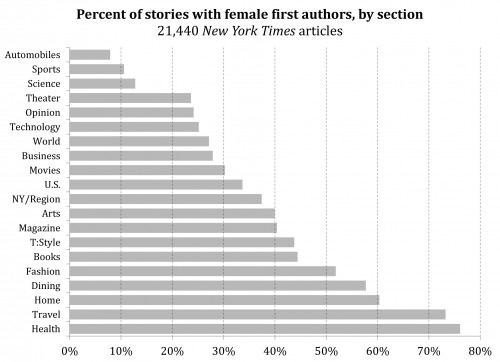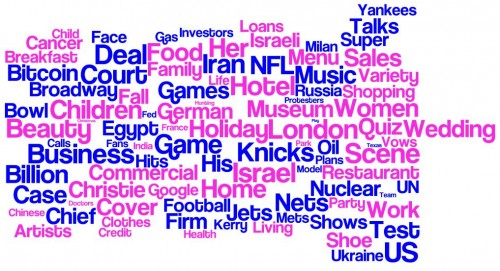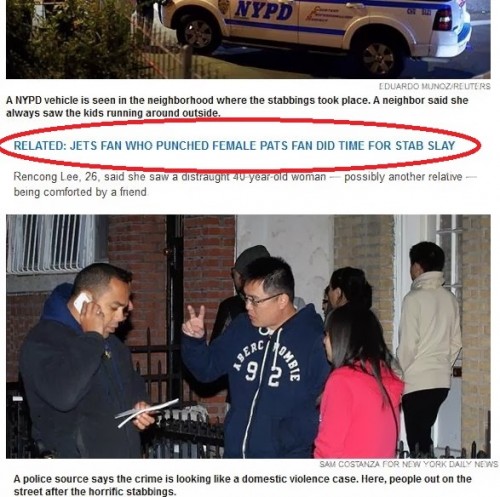Eyelid surgery is the third most common cosmetic procedure in the world. Some are necessary for drooping eyelids that interfere with vision, others are undertaken in order to enable people to look younger, but many people choose these surgeries to make their eyes look more Western or whiter, a characteristic often conflated with attractiveness.
Recently Julie Chen — a TV personality and news anchor — revealed that she had undergone eyelid and other surgeries almost 20 years ago in order to comply with the standards of beauty and “relatability” demanded of her bosses. She released these photos in tandem with the story:
Chen said that she was torn about whether to get the surgeries. Her entire family got involved in the conversation and they split, too, arguing about whether the surgeries represented a rejection of her Chinese ancestry.
Ultimately, though, Chen was under a lot of pressure from her bosses. One told her “you will never be on this anchor desk, because you’re Chinese.” He went on:
Let’s face it, Julie, how relatable are you to our community? How big of an Asian community do we have in Dayton? ‘On top of that, because of your heritage, because of your Asian eyes, sometimes I’ve noticed when you’re on camera and you’re interviewing someone, you look disinterested, you look bored.
Another man, a “big time agent,” told her: “I cannot represent you unless you get plastic surgery to make your eyes look bigger.”
While cosmetic surgeries are often portrayed as vanity projects, Chen’s story reveals that they are also often about looking “right” in a competitive industry. Whether it’s erotic dancers getting breast implants, waitresses getting facelifts, or aspiring news anchors getting eyelid surgery, often economic pressures — mixed with racism and sexism — drive these decisions.
Lisa Wade, PhD is an Associate Professor at Tulane University. She is the author of American Hookup, a book about college sexual culture; a textbook about gender; and a forthcoming introductory text: Terrible Magnificent Sociology. You can follow her on Twitter and Instagram.














